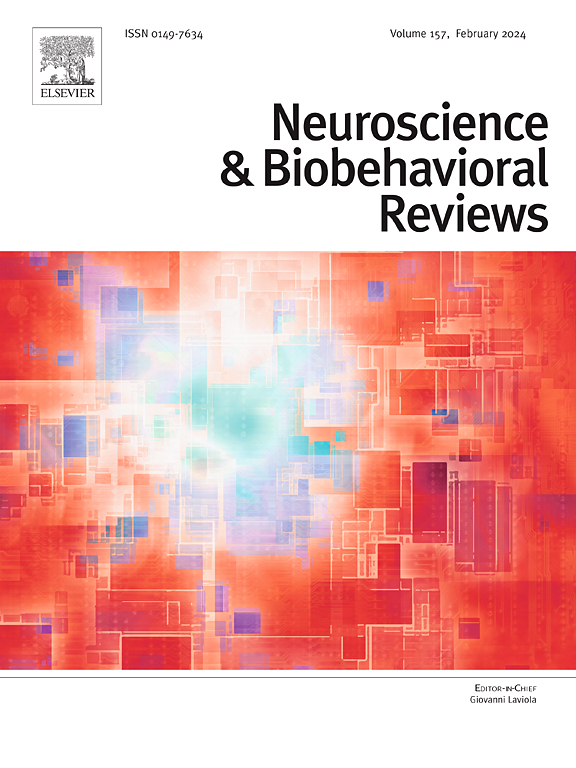Predictive coding and dimension-selective attention enhance the lateralization of spoken language processing
IF 7.5
1区 医学
Q1 BEHAVIORAL SCIENCES
引用次数: 0
Abstract
Hemispheric lateralization in speech and language processing exemplifies functional brain specialization. Seminal work in patients with left hemisphere damage highlighted the left-hemispheric dominance in language functions. However, speech processing is not confined to the left hemisphere. Hence, some researchers associate lateralization with auditory processing asymmetries: slow temporal and fine spectral acoustic information is preferentially processed in right auditory regions, while faster temporal information is primarily handled by left auditory regions. Other scholars posit that lateralization relates more to linguistic processing, particularly for speech and speech-like stimuli. We argue that these seemingly distinct accounts are interdependent. Linguistic analysis of speech relies on top-down processes, such as predictive coding and dimension-selective auditory attention, which enhance lateralized processing by engaging left-lateralized sensorimotor networks. Our review highlights that lateralization is weaker for simple sounds, stronger for speech-like sounds, and strongest for meaningful speech. Evidence shows that predictive speech processing and selective attention enhance lateralization. We illustrate that these top-down processes rely on left-lateralized sensorimotor networks and provide insights into the role of these networks in speech processing.
预测编码和维度选择性注意增强了口语加工的偏侧化。
言语和语言处理中的半球偏侧化是大脑功能专门化的例证。对左半球损伤患者的开创性研究强调了左半球在语言功能上的优势。然而,语音处理并不局限于左半球。因此,一些研究人员将偏侧化与听觉处理不对称联系起来:慢时间和细频谱声学信息优先在右侧听觉区域处理,而快时间信息主要由左侧听觉区域处理。其他学者认为,偏侧化更多地与语言处理有关,尤其是言语和类言语刺激。我们认为,这些看似不同的说法是相互依存的。语言分析依赖于自上而下的过程,如预测编码和维度选择性听觉注意,它们通过参与左侧感觉运动网络来增强侧化处理。我们的研究强调,侧化在简单的声音中较弱,在类语音中较强,而在有意义的语音中最强。有证据表明,预测性语音处理和选择性注意增强了偏侧化。我们说明了这些自上而下的过程依赖于左侧感觉运动网络,并提供了这些网络在语音处理中的作用的见解。
本文章由计算机程序翻译,如有差异,请以英文原文为准。
求助全文
约1分钟内获得全文
求助全文
来源期刊
CiteScore
14.20
自引率
3.70%
发文量
466
审稿时长
6 months
期刊介绍:
The official journal of the International Behavioral Neuroscience Society publishes original and significant review articles that explore the intersection between neuroscience and the study of psychological processes and behavior. The journal also welcomes articles that primarily focus on psychological processes and behavior, as long as they have relevance to one or more areas of neuroscience.

 求助内容:
求助内容: 应助结果提醒方式:
应助结果提醒方式:


